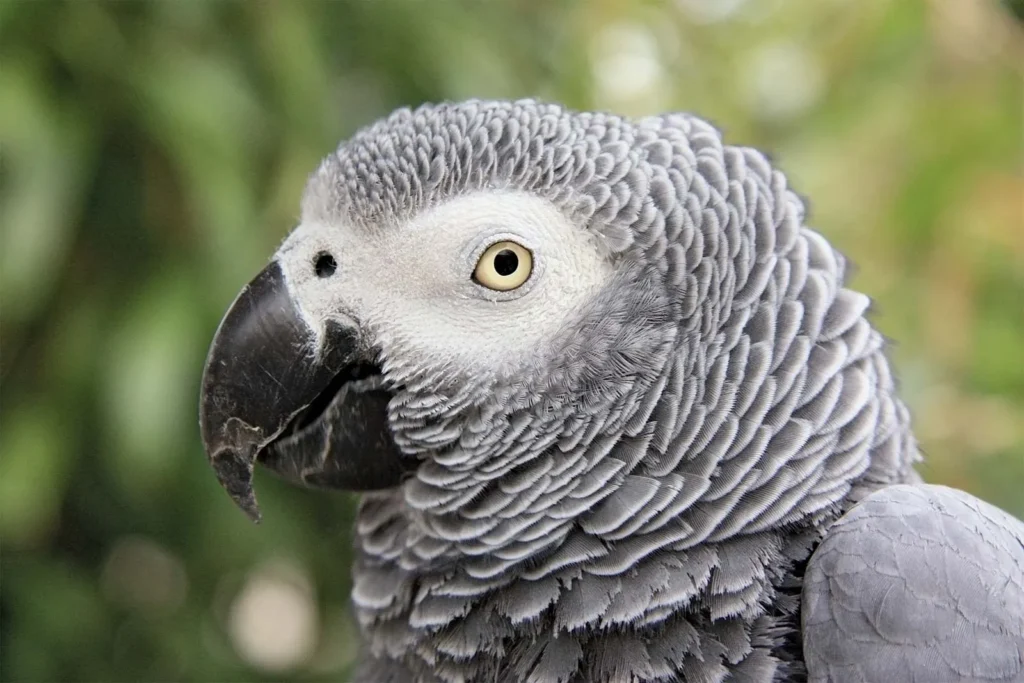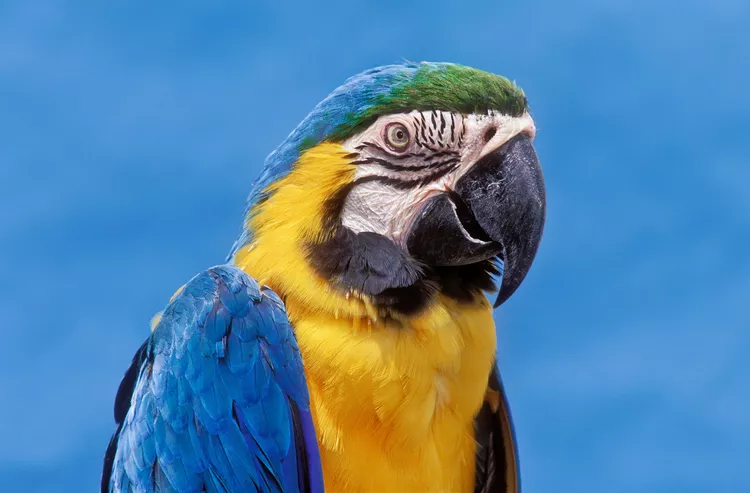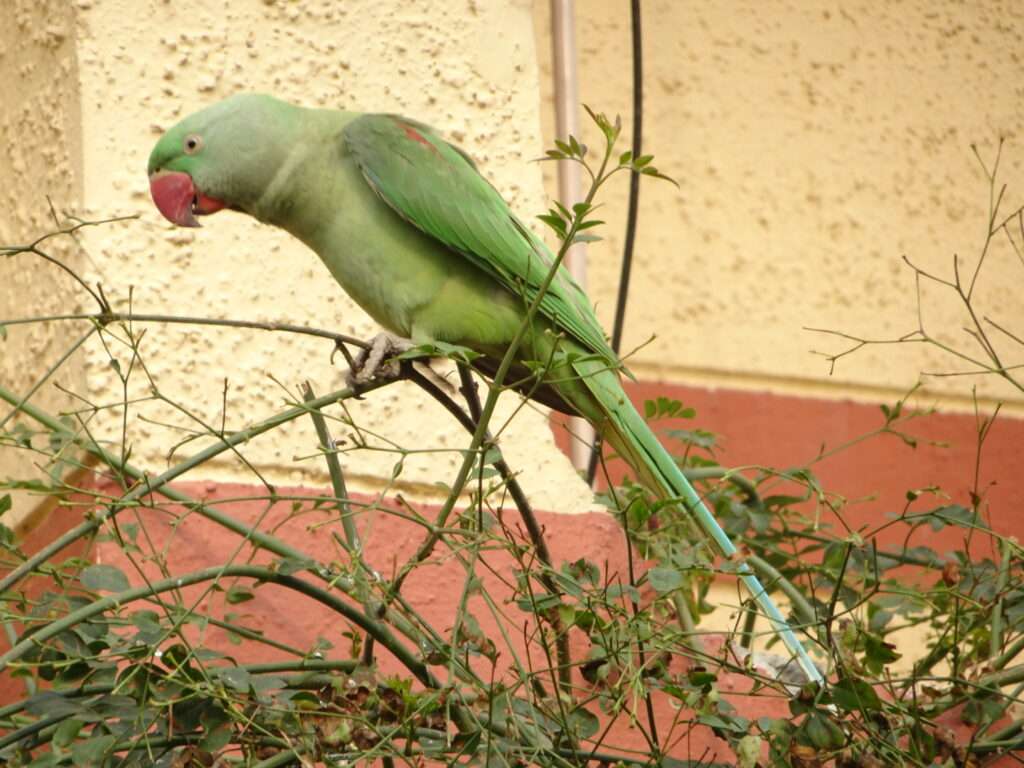
Description
Life span: Up to 30 years
The tail takes up the majority of the length of the medium-sized Australian parrot, Crimson Rosella, which is 36 cm (14 in) long. There are three red subspecies among the seven total. While the Adelaide rosella has a combination of red, orange, and yellow, the red in the var. flaveolus is replaced by yellow. In populations in the southeast, the body color of adults and youngsters is noticeably different, with the latter having more permanent greenish-olive body plumage on the breast and neck. Juveniles are said to “ripen” as they get older, changing from green to crimson. All races feature blue cheeks, wings with blue borders and black scallops, as well as a mainly blue tail with red highlights.
Habitat/Native Region
Between southeast South Australia and southeast Queensland, the crimson rosella travels across Tasmania, Victoria, and coastal New South Wales. The population of North Queensland is diverse. They can be found in woods on the coast and in mountains at all heights. They mainly reside in woods and woodlands and prefer older, moister habitats. Tropical, subtropical, and temperate rainforests, wet and dry sclerophyll forests, riparian forests, and woodlands all contain them from sea level to the tree line. Additionally, they will reside in places where people have left their mark, such as gardens, parks, reserves, pastures, and golf courses. Rarely do they occur where there are no trees. At night, they snooze on tall tree branches.
As Pet

Behavior
Compared to other parrot species, crimson rosellas are not as soft. Although a rosella may not enjoy being pet, it will gladly ride on persons shoulder. A very tame rosella is a great option for a young person who is old enough to behave properly around any bird. All birds have the potential to bite, so take extra care around a child’s fragile fingers. If owner take the time to interact with them, rosellas can retain their pet characteristics while flying and make excellent aviary birds.
Care
For rosellas to flourish, they need both room and a balanced diet. It’s best to use the biggest cage owner can manage, but make sure the bars are correctly spaced for a bird with this head size. Because they can dwell peacefully with other species in a big enough space, rosellas thrive in aviaries. Since crimson rosellas enjoy bathing, there must be plenty of opportunities for them to do so. Fruits and vegetables should make up the majority of a rosella’s diet, along with some wholesome table items. In contrast to many birds that will wander, hand-fed, tame rosella may sit on shoulder at the dinner table and be quite well-behaved.
Table





